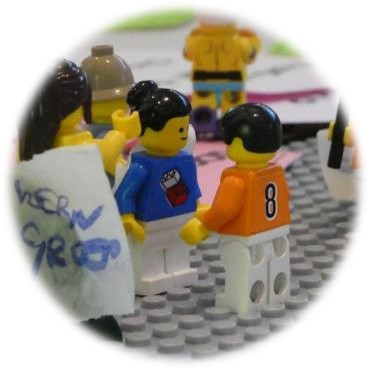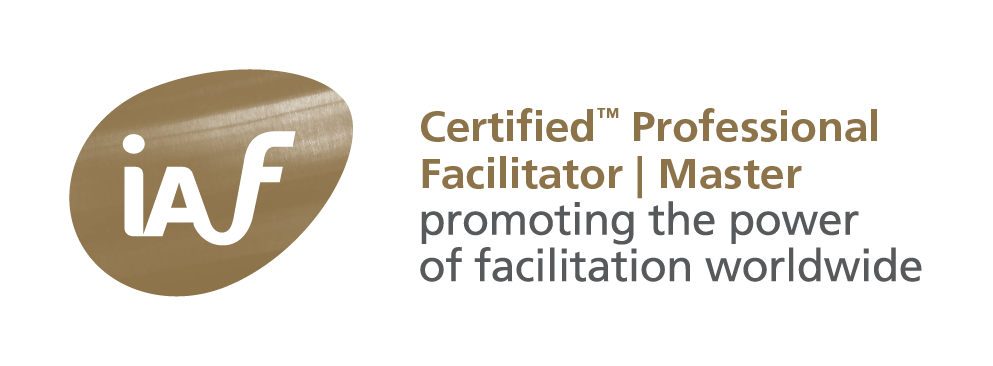
I noticed an article Systems Community of Inquiry http://stream.syscoi.com/2020/11/29/destruction-of-information-the-performance-paradox/ . I cannot resist to inform you that information doesn’t actually exist. You’re creating (and destroying) information at this very moment.
(Ashby – an engineer and psychologist – formulated his Law of the Requisite Variety, which can be stated as “only complexity can absorb complexity”. You’ll need a model as complex as the system you’re dealing with to be an effective helmsman. So – giant leap – living organisms “destroy” information by absorbing her. Not like a black hole, because we’re dealing with information.)
In the arcticle, Harish, noticed: ‘As I was researching his (Ashby’s highly recommended, they’re on line) journals, I came across an interesting phrase – “destruction of information.” Ashby noted:I am not sure whether I have stated before my thesis – that the business of living things is the destruction of information.‘
I replied:
I’m also a big fan of Ashby’s work, but like many scientist’s he didn’t understand the workings of paradoxes. We ten d to look at only one side of the creation/destruction paradox: the “good” creative side, also called innovation. We ignore the “bad” destructive part (which makes sense, when you’ – as Ashby – started your career in the business of destructing enemy air-crafts trying to destruct you).
Destructing information can only be at work (or perform), when a living organism has constructed (who said “crafted”?) itself and maps or models of its environment. The processes of destruction can be called “evolving” and “adapting”. For instance: a thermostat regulates the temperature in your room, “destroying” the information of the temperature outside. An anti-aircraft prediction machine uses logic to estimate the path of incoming planes to destroy them. Both have to be constructed before they can “destroy” “information”. Easily overlooked.
Creating and destructing – as all paradoxes – exist as both opposites and complements of each other, but not at the same time. You cannot have one without the other. They induce and realize each other. From this (meta-)standpoint, information cannot be destructed, constructed or even deconstructed. Information – as the article also implies – is in the eye of the beholder, the constructor of information: both constructed and deconstructed in the same act.
Or, to say it differently: you’ll need a model in order to evaluate the information. Where does the information of this model come from?
It’s an enigma, when you assume that words, like information, air plane or thermostat, actually inform you about a process. They don’t. I’m not even informing you: you’re informing yourself. We use “Information” as an “explanatory principle”. We assume its existence through its use, without worrying if it actually exists. This will not be a problem with data – they’re given -, but it will become a nuisance when information is in the mind of the beholder.
By the way – please note the -from in both per-form and in-form. We’re using these expression as the “form” follows the “function”.
I’ll add some recommendations on facilitating groups:
- check assumptions of the meaning of what’s being said. We use metaphors – literally “figures” of speech – in communicating. I translate metaphorical images into written and spoken language. In doing this, I destroy information: I have to select words to convey my image. You construct an image from my words and assume this coincides with my image. Use Clean Language questions like “… and this <word> is like …?
- A nice exercise : ask participants to draw (you can start with a simple object, like a “bridge” or “chair”) and compare images. Fun! Then ask them to draw (or use the internet) to find images with the subject matter (“energy transformation”, “change”, “management”, “vision”, ….). Not funny: they didn’t understand each other.
- Ask people to choose a card from any stock of open picture cards, that symbolizes what they want to communicate. What do they see? What does somebody else see? Where do you differ and what do you have in common? (You could also use a magazine with pictures).
- Strange, but true: just select one card blindly. The picture will “tell” you something about the question or situation being discussed.
- Use proverbs: what saying or quote can be implied by what’s being communicated.
- Take 30 minutes. Give everybody a piece of paper and fold it in as many lines as participants. Make sure there is enough space to write. With over 12 people, create subgroups.
- Write down a description of your issue, your question, a statement about your situation – everybody writes the same line.
- Then ask everybody to add on the next line, one line of commentary or explanation or what they think about the line.
- Fold the first line over, so the top-line is no longer visible, and pass on to a neighbour.
- Add a line on the statement by your neighbour. Fold and pass on.
- Repeat until you get your own paper back.
- Read the lines. What’s the pattern? What do you learn?
- Have a conversation, share.




